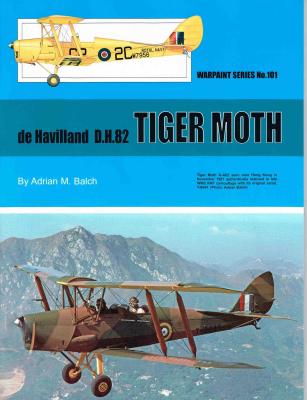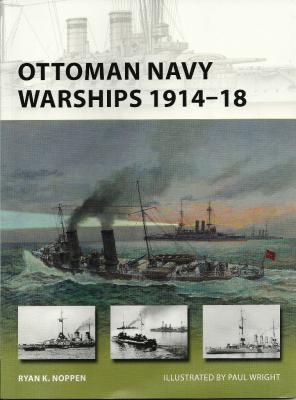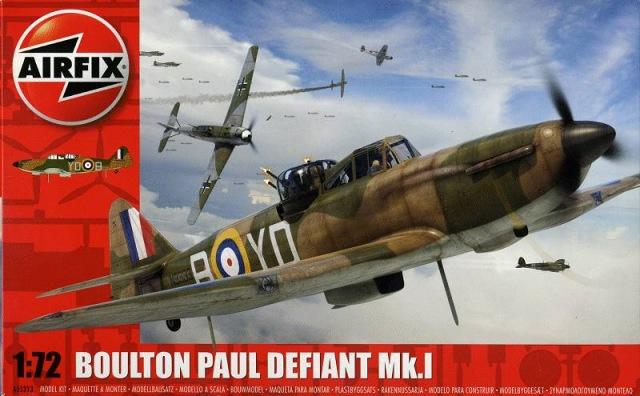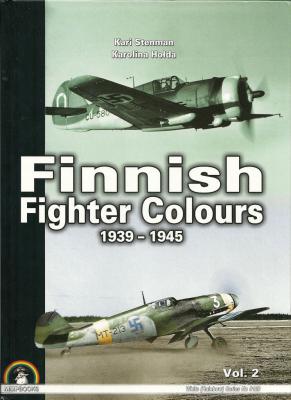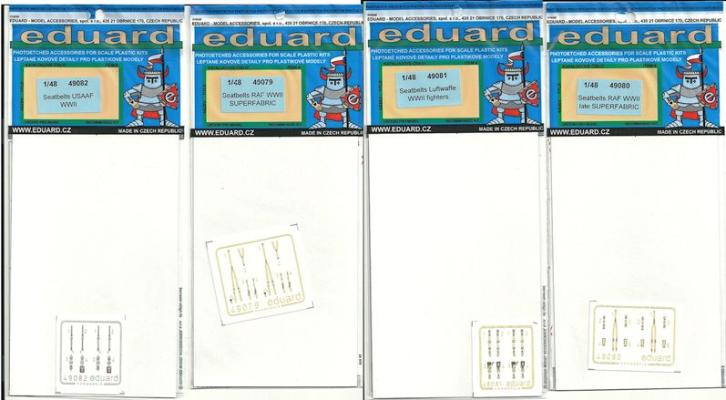If you were a British student pilot during the late 1930’s through the end of WW II, you, most likely, spent many hours in the de Havilland D.H. 82 Tiger Moth. It was the basic training aircraft for the RAF, RN, as well as the air forces of all the British Commonwealth nations. USAAF fighter pilots in England flew 11 of them as squadron “hacks” – utility planes – until the war ended. Evidently it was not that easy to fly and demanded close attention during acrobatic maneuvers to prevent a stall and possible spin. As such, however, it was deemed suitable for future fighter pilots. Though long retired from military use, over 200 are still flying today with warbird groups and other enthusiasts. This “Warpaint Series” book by Adrian M. Balch covers these stories and much more.
Welcome to the IPMS/USA Reviews site!
Introduction: The primary organization of the IPMS/USA Review website is by IPMS/USA National Contest Class. Within each Class there are sub-menus by kits, decals, books, etc. The Miscellaneous Class is for items that are not class specific or that cross two or more classes.
IPMS/USA Members: We encourage you to submit reviews, both here and to the Journal. To volunteer for membership in the IPMS/USA "Reviewers Corps" and submit your own reviews, please read the Guidelines For Submitting Product Reviews.
Manufacturers, publishers, and other industry members: IPMS/USA is pleased to offer your company the opportunity for product reviews. All product reviews are performed by IPMS/USA members, and are posted in the publicly-accessible section of our website. With very few exceptions, we perform full build reviews of new kit releases, aftermarket products, and supplies. If you would care to provide product samples for review, please contact John Noack, IPMS/USA 1st VP.
To learn more about IPMS/USA, please see our About Us page.
Background
The website description of this title, “At the start of the 20th century the Ottoman Navy was a shadow of its former might, a reflection of the empire as a whole - the "Sick Man of Europe". Years of defeat, nepotism, and neglect had left the Ottoman Navy with a mix of obsolete vessels, whilst the list of prospective enemies was ever-growing. An increasing Russian naval presence in the Black Sea and the alarming emergence of Italy and Greece as regional Naval powers proved beyond all doubt that intensive modernization was essential, indeed, the fate of the Empire as a naval power depended on it. So the Ottoman Navy looked to the ultimate naval weapon of the age, the dreadnought, two of which were ordered from the British. But politics intervened, and a succession of events culminated in the Ottoman Navy fielding a modern German battlecruiser and state-of-the-art light cruiser instead - with dramatic consequences.
History Brief
The Boulton Paul Defiant Mk I, among RAF pilots it had the nickname "Daffy". It was a British interceptor aircraft that served with the Royal Air Force during the Second World War. They were designed and built by Boulton Paul Aircraft without any forward-firing guns, as a two-seat turret fighter, powered by a 1,030 hp (768 kW) Rolls-Royce Merlin III piston engine and 723 built. It was a contemporary of the Royal Navy's Blackburn Roc and the concept of a turret fighter, as it was developed in both aircraft, related directly to the successful First World War-era Bristol F.2 Fighter.
Mushroom Model Publication has released the second volume of the Finnish Fighter Color series. You can find a review of Volume 1 here on the reviews site.
This book, as Volume 1, is structured by aircraft type. Each aircraft type has two chapters. The first one is devoted to the historical introduction on each type including how it was procured and how it did perform in Finnish service. In many cases there are plenty of historical details on different missions including date, location, number of airplanes involved and mission kills/losses. There are no first-hand narratives of pilots involved in the action, so I suppose the information is coming from squadron records.
Eduard has released a series of WWII-era seatbelts in the “superfabric” series.
This review covers the following items:











